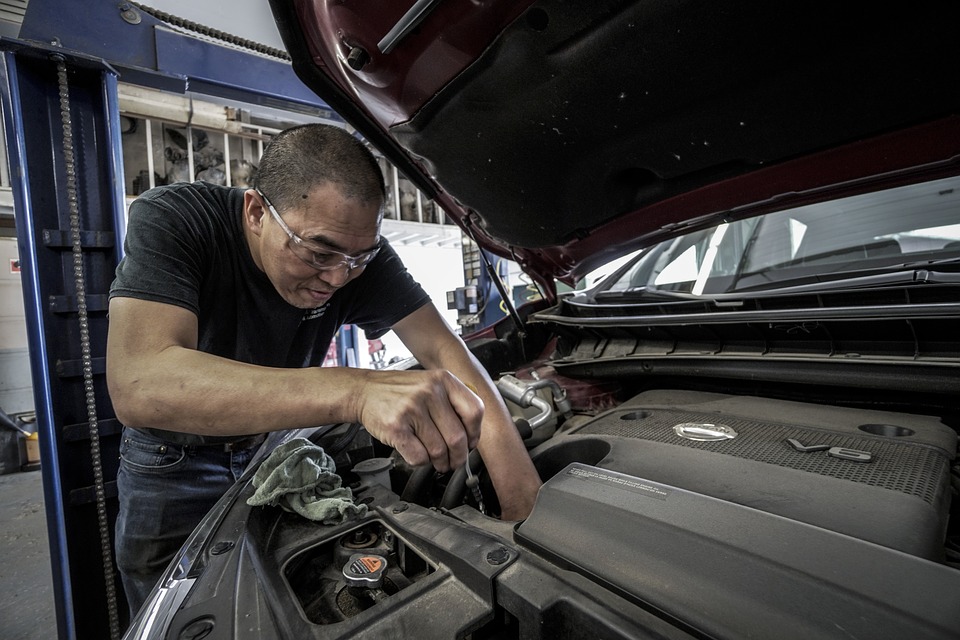Finding the right mechanic is a daunting task especially if you’re presented with too many options. With this, it would be helpful to know the right questions to ask so you can find the right mechanic who can provide the right services for your car.

1. Have you dealt with my make and model previously?
At the point when you go in for a prospective employee meet-up, one of the principal addresses they ask you is, “The thing that significant experience do you have?” A similar rationale applies here. You need a technician that knows the intricate details of your particular vehicle so they handle fixes with accuracy.
2. Will I get a detailed written invoice after repairs are complete?
In addition to the written quote, you’ll want a written invoice of work performed once repairs are finished. This will provide you with additional proof-of-service and warranty/guarantees in the event that a part becomes defective.
3. Are your workers ASE-certified?
You presumably wouldn’t let a non-prepared, non-guaranteed individual in a white coat perform medical procedure on you, so for what reason would it be advisable for you to treat your vehicle any in an unexpected way? Mechanics deserving at least moderate respect look to acquire confirmation from the National Institute of Automotive Service Excellence (ASE), which has been attempting to improve the nature of vehicle fix and administration by testing and affirming car experts since 1972.
4. Do you give free estimates? Would you be able to give me all the necessary cost that I need to pay for the service?
Some fix shops offer free demonstrative tests to sort out what the issues are with your vehicle. Different shops, be that as it may, may charge for a gauge. In the last case, pry by requesting that the specialist separate precisely how the gauge charge is resolved. (By hour? Level rate? Extra costs?) Moreover, ensure the auto shop can give marked, itemized, and composed duplicates of the gauge prior to chipping away at your vehicle.
5. Do you offer warranty on your parts and services?
Many fix shops will offer composed certifications on parts and work up to a specific time or mileage limit. While there’s no normal agreement no matter how you look at it, you may see mechanics shop guarantees as long as 1 year/12,000 miles or 2 years/24,000 miles.


